#GE24 Constituency Profile: South Antrim
ABOUT THE CONSTITUENCY
The result of the 2023 Review of Parliamentary Constituencies has tidied up some wards that were split across South Antrim and neighbouring constituencies. Ballyduff, Burnthill, Carnmoney, Fairview and Stonyford now lie fully within South Antrim. Meanwhile the constituency has lost Jordanstown (East Antrim) as well as Ballyhenry, Carnmoney Hill and Hightown (all to Belfast North). Despite all the nips and tucks with four other constituencies, the overall electorate has only decreased by around 250 voters, the smallest adjustment of the NI boundary review. Unionist parties should see a small uptick in support at the expense of voters for nationalists and others.
PREVIOUS ELECTIONS
With the DUP entering the race for the first time, William McCrea won the South Antrim by-election in 2000 that followed the death of UUP MP Clifford Forsythe. Splitting the unionist vote ended the era of large majorities in South Antrim. Just over eight months later, the UUP took back control with David Burnside serving a term before the seat reverted to the DUP and William McCrea in 2005. McCrea held the seat until it flipped back to the UUP’s Danny Kinahan for a term in 2015 with the majority dipping under 1,000. Two years later, Paul Girvan turned that around and won the seat for the DUP and successfully defended it in 2019. Away from the battle within unionism, over the past two decades, Sinn Féin’s vote share has doubled from 5.5% to over 11%, and Alliance’s vote share leapt from 7.4% in 2017 to 19.1% 2019.
2019 RESULTS
Paul Girvan (DUP) won with a vote share of 35.3% and a majority of 2,689 over the UUP’s Danny Kinahan.
COMMENTARY
Paul Girvan is seeking a third term as MP. He holds the DUP’s second most marginal seat in Northern Ireland. South Antrim is the only Westminster seat that the UUP have managed to win back from the DUP since 2001, and it is the UUP’s top target in the General Election. In a high profile move in a competitive constituency, the former Health Minister and North Antrim MLA Robin Swann is running for the UUP. His big challenge is to move the needle up from the UUP’s 2019 vote share (29.0%) to beat the DUP (35.3% in 2019) and take a seat on the green benches of the House of Commons for the party for the first time since 2017.
Significantly, it’s not a two horse race within unionism. Mel Lucas is standing for the TUV, the party’s first candidate in South Antrim since 2015. Whilst not competitive to win, the size of the TUV vote could prove critical in determining the final outcome. In the 2022 Assembly election, the TUV picked up 9.6% of the first preference votes.
Also in the race is John Blair for Alliance: he stood in 2019 and won a sizeable gain in the party’s vote to come third ahead of Sinn Féin’s Declan Kearney who is also running again. Roisin Lynch is the SDLP’s candidate for the fourth election in a row. The combined nationalist vote is lower at Westminster elections than Assembly polls. Typically this benefits the UUP. Will this pattern be repeated in this General Election?
The Green Party’s deputy leader Lesley Veronica is also standing along with Aontú’s Siobhan McErlean.
PREDICTION
Too close to call.





















